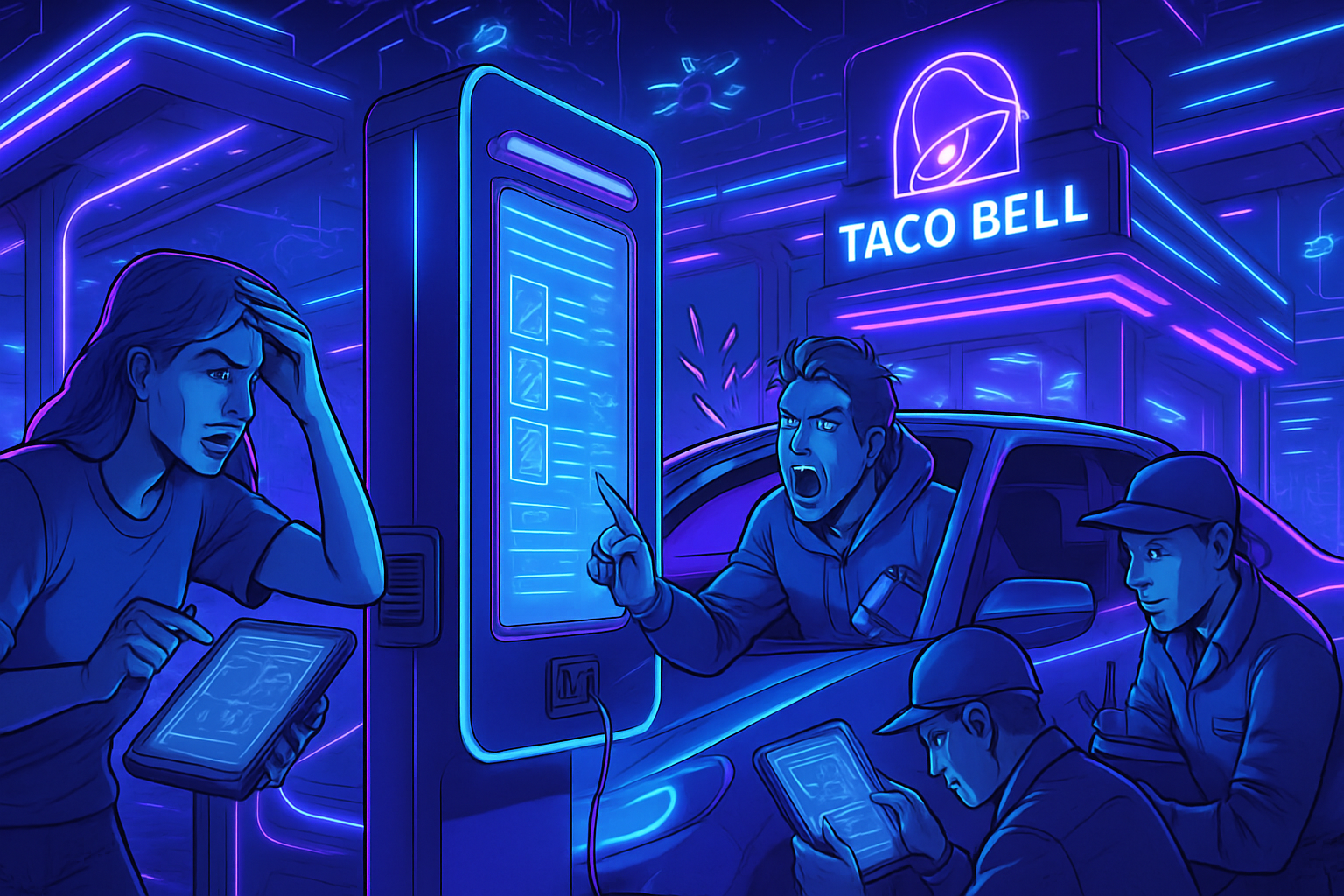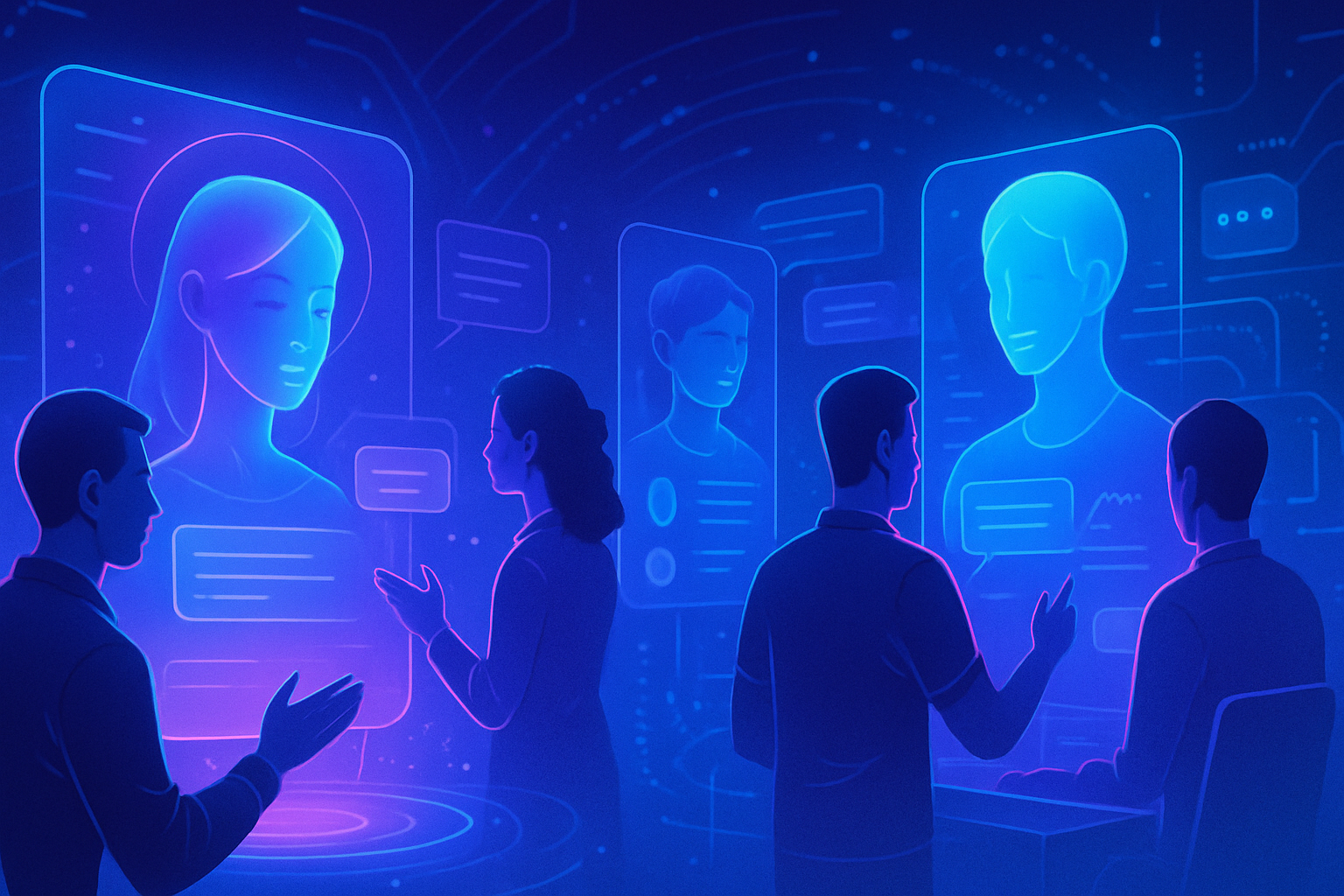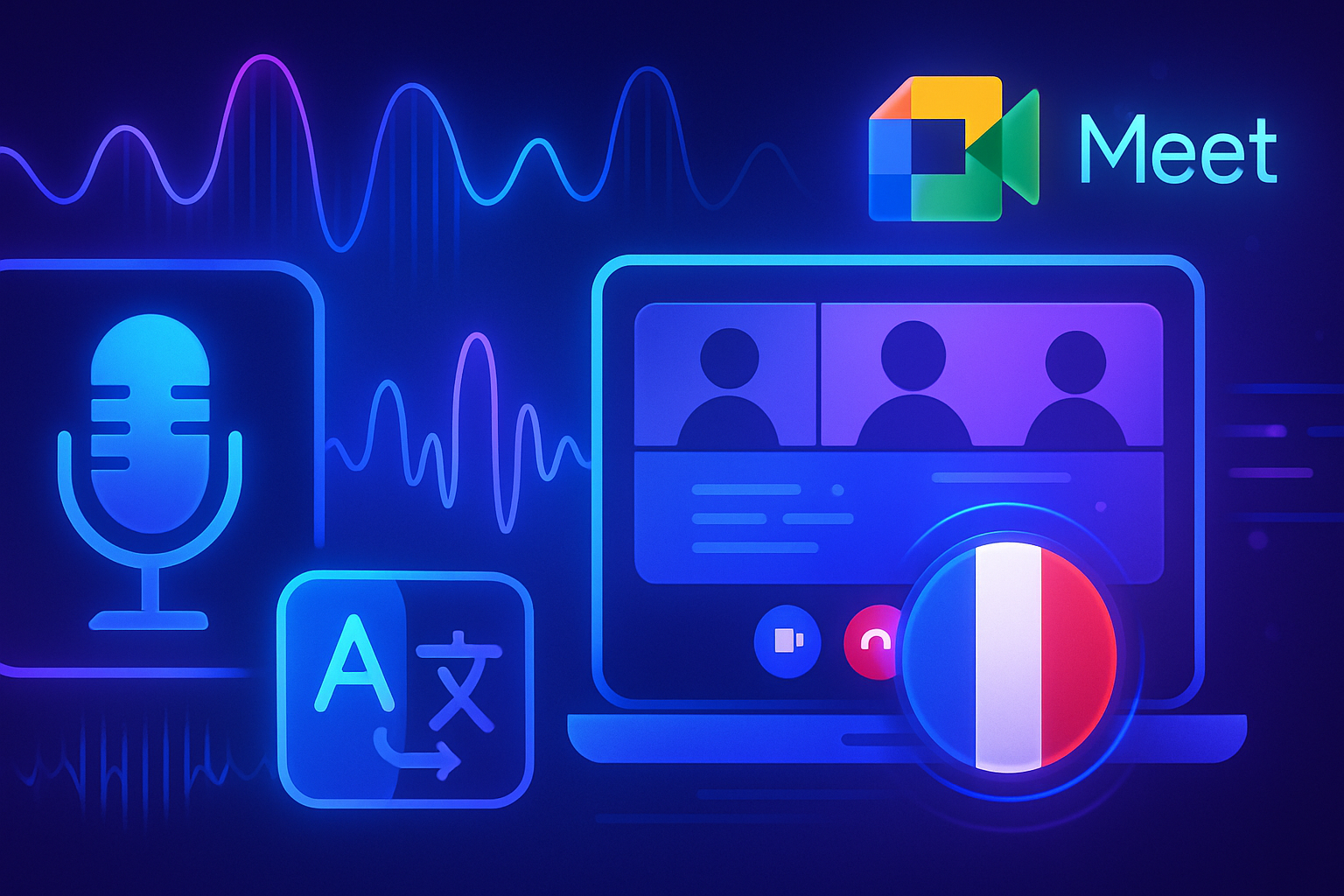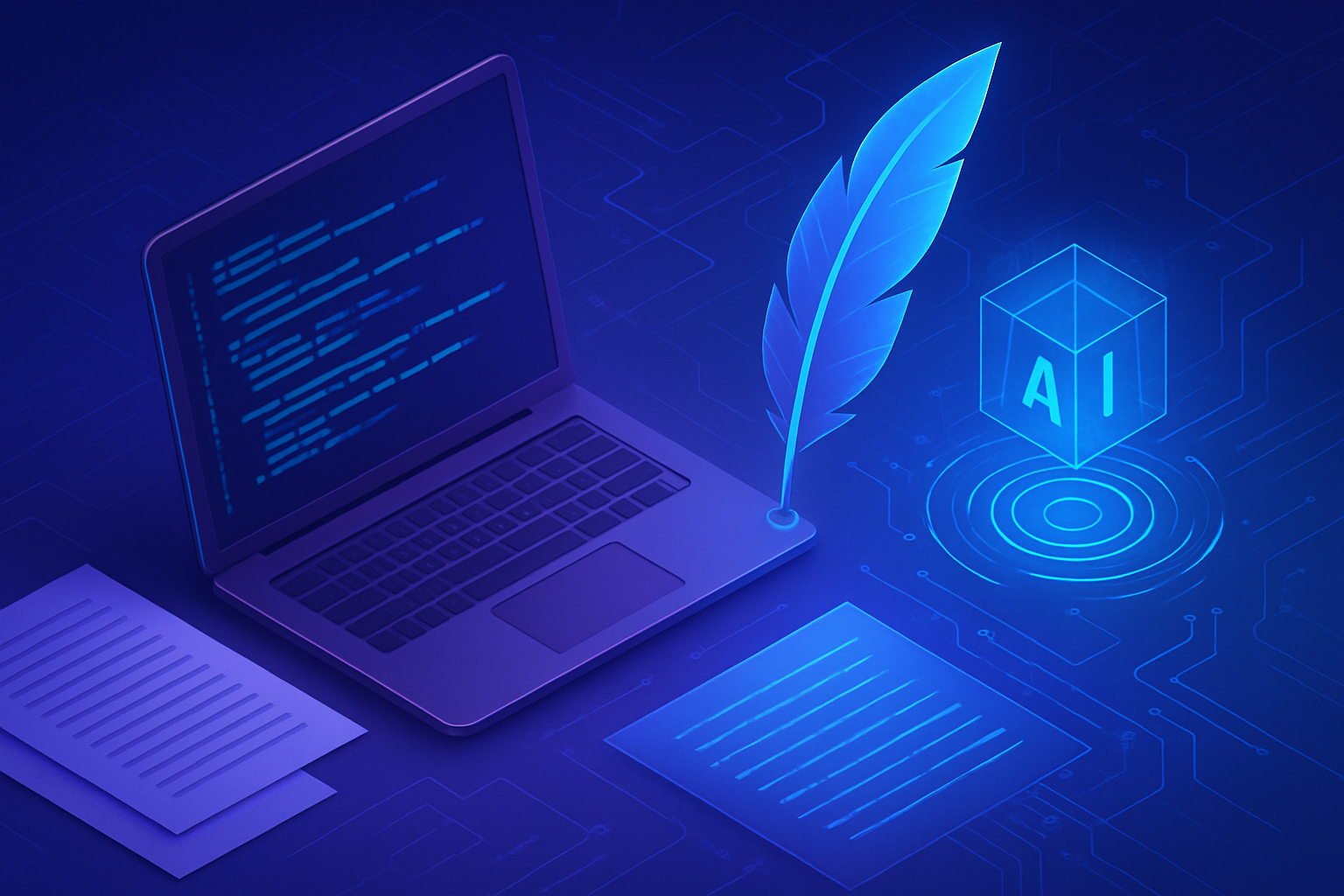Victim of identity theft, Olga Loiek embodies a concerning phenomenon in today’s digital landscape. Her transformation, exacerbated by the use of cutting-edge <strongartificial intelligence, has led to a Russian avatar disseminating messages far removed from her values. This disaster reveals the multiple stakes of disinformation, particularly for content creators. Faced with the disorganization of their image, these influencers find themselves confronted with unimaginable challenges, unwittingly influencing global public opinion.
A troubling case of identity theft
Olga Loiek, a 21-year-old Ukrainian YouTuber, recently discovered that her image was being exploited abroad to spread politically charged messages. Transformed with the help of a Chinese artificial intelligence, her identity was hijacked to become a Russian influencer on various social media platforms. This discovery has sparked deep concern in the content creator, who watches in dismay as her image is used for purposes that are completely foreign to her.
Fake AI-generated doppelgangers
The avatars created from her image claimed to be Russian women, speaking fluent Chinese. These fake characters, one of whom was named “Nathasa,” disseminate speeches praising cooperation between Russia and China. These videos, generated by AI technology, have garnered a significantly larger audience than Olga, who currently has around 17,800 subscribers.
Political messages and disinformation
Olga Loiek expressed her shock at these abuses: “It’s literally like my face is speaking Mandarin, in the background, I see the Kremlin.” The inauthenticity of such content is evident, yet these messages convey ideas she would never endorse. Despite a disclaimer mentioning the use of AI, the tendency to deceive users remains alarming.
Manipulation and exploitation
With hundreds of thousands of followers in China, these fictional characters do not merely generate content. They also engage in scams by trying to extract money, notably by selling products such as Russian candies. Hyper-modern technologies thus allow for the creation of particularly effective disinformation networks, exploiting the naivety of internet users.
A growing phenomenon
Olga’s transformation is not isolated. Other cases of identity theft are emerging, similar to those previously observed in China, where figures animated by AI display support for specific political regimes. Experts point out that these avatars are designed to attract single Chinese individuals and encourage them to buy various products. The CEO of XMOV emphasizes that the technology needed to produce such content is now “very common” in China.
Impact on online trust
This situation raises considerable concerns about the impact of identity theft on users’ trust online. It becomes essential to adopt awareness measures to protect content creators from such manipulations. The fight against these abuses requires international initiatives to counter the harmful effects of disinformation and exploitation.
Also see on Le HuffPost :
User FAQ: Identity Theft and Influence in Russia
What is identity theft and how does it affect influencers?
Identity theft involves using someone’s personality, image, or content without their permission. For influencers, this can lead to credibility issues, harm to their reputation, and even lost income opportunities.
How was Olga Loiek a victim of identity theft?
Olga Loiek, a young Ukrainian YouTuber, discovered that her image had been manipulated using artificial intelligence to create fake profiles in Russia, falsely claiming that she supported the country. This was done without her consent.
What are the consequences of using an influencer’s image without permission?
Consequences include misleading the public, damage to the reputation of the impersonated person, and sometimes legal actions for copyright or personality rights violations.
How can influencers defend against identity theft?
Influencers can use online security measures, monitor their image on social media, and report any abusive use to the relevant platform. They may also consider legal action if necessary.
What technologies facilitate identity theft of influencers?
Artificial intelligence, particularly deepfakes, allows for the creation of content that mimics a person’s voice and appearance. These technologies are often used to create fake profiles and disseminate misleading messages.
Why do fake influencer profiles attract so many followers in China?
These fake profiles exploit users’ curiosity and engagement by presenting a perceived connection to pop culture or political narratives. Additionally, some use marketing strategies to sell products by taking advantage of internet users’ gullibility.
What should someone do if they discover their image is used without permission?
It is advisable to collect evidence, contact the platform where the image is used to request the removal of the content, and consult a copyright attorney if necessary.
Do social media platforms take action against identity theft?
Yes, many platforms have policies in place to combat identity theft. They provide tools to report abuse and may suspend accounts that violate their rules.
What lessons can be learned from Olga Loiek’s experience?
Olga’s case highlights the importance of online vigilance and protecting one’s image. It also shows how technologies can be misappropriated for malicious purposes and the impact this can have on individuals.






